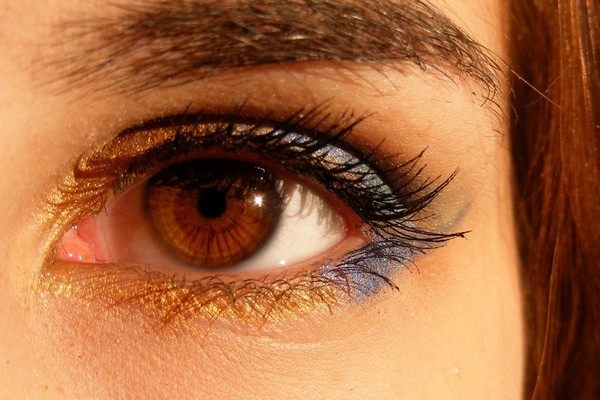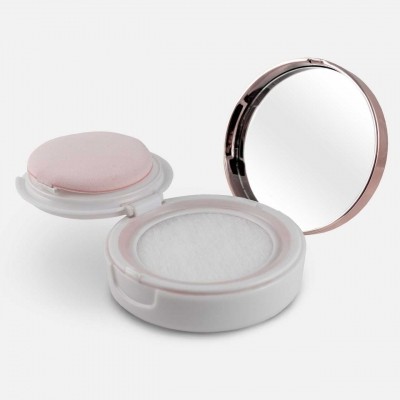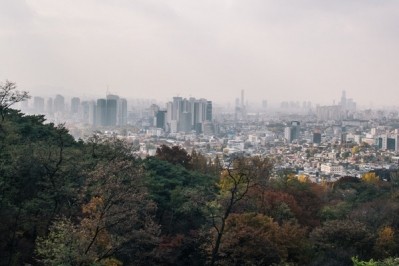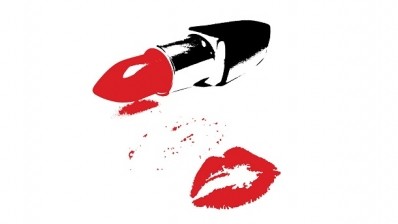Colour cosmetics part 2: Understanding local preferences in Korea

Korean-born beauty retailers are focusing on creating strategic alliances across multiple industries such as cosmetics and entertainment. Emerging names and existing companies are, therefore, making new and beneficial relationships.
Win-win
“As K-beauty gains popularity, Korean make-up artists who have created stunning looks for Korean celebrities have started to come under the spotlights”, Jane Jang, Senior Beauty Analyst at Mintel stated.
In response to this changing marketing matrix, some of the country’s make-up artists have launched their own beauty brands and focused their resources on growing their online presence.
For example, one of Korea’s most established make up artists, Sung-ah Cho, created her own brand chosungah22, which has expanded to Asia and the US.
Also, “K-beauty’s most influential blogger, Pony (also known as @ponysmakeup on Instagram), who has a 3.5 million following on her Instagram page, launched the brand Pony Effect”, Jang noted.
Pony has developed strong and ongoing relationships with “established brands to curate beauty tutorials online – a win-win situation for both”, Jang continued.
A big trend
Mintel data indicates that facial skin care accounted for 68% of South Korea’s skincare launches in 2015-2016, far higher than the global average of 47%.
As the South Korean beauty market continues to grow its facial skin care segment through investment in product innovation, the country is seeing “hero K-beauty products such as BB creams and cushion pacts” launch.
In addition, Hanbang beauty brands – such as Sulwhasoo and Whoo – that use traditional herbs tend to focus on facial skincare benefits too.
“K-beauty innovations look set to continuously create category-blurring hybrid products that incorporate facial skincare benefits, and this will move forward to advance customised offerings and derma-science technology,” said Jang.
More than a fad
Ultimately, it is South Korea’s “fast-paced innovations in formats, ingredients and textures in the county’s market that are inspiring global beauty brands with their new product development”.
BB creams, cushion pacts, sleeping packs, sheet masks, and lip tints with a variety of textures are just a handful of examples of how innovative beauty launches are advancing the industry.
In a bid to secure maximum appeal, established Korean OEM/ODM companies are helping global brands to adopt these products. However, it is now key that “beauty brands differentiate between mainstream and what might seem like a passing trend” in order to generate as much interest and sales as possible.
Knowing the local marketplace
The ‘Skin finisher’ category, Jang highlighted, is one example of a passing trend, which saw short-term popularity a few years ago.
It’s vital that beauty marketers know their local consumers as “products incorporating animals such as horse oil and snail mucin, for instance, are typically only favoured by tourists rather than local South Koreans”.
Sleeping packs are a staple now of the Korean beauty lover’s shopping basket, but this was not always the case, as the trend first became popular among Chinese consumers.
“Most importantly, beauty brands need to adopt and adapt their products to local preferences as there are different needs and attitudes when it comes to beauty,” Jang reiterated.





![Clariant has underscored the importance of localisation strategies and distribution capabilities in China with beauty trends evolving at a rapid pace. [Getty Images]](/var/wrbm_gb_food_pharma/storage/images/_aliases/wrbm_tiny/publications/cosmetics/cosmeticsdesign-asia.com/article/2024/04/16/clariant-emphasises-importance-of-localisation-in-the-era-of-viral-trends/17327969-1-eng-GB/Clariant-emphasises-importance-of-localisation-in-the-era-of-viral-trends.jpg)

![We dive into our most-read stories on formulation and science. [Getty Images]](/var/wrbm_gb_food_pharma/storage/images/_aliases/wrbm_tiny/publications/cosmetics/cosmeticsdesign-asia.com/headlines/formulation-science/skin-science-latest-stories-on-cosmetics-science-and-formulation/17334719-1-eng-GB/Skin-science-Latest-stories-on-cosmetics-science-and-formulation.jpg)

![Shopee says Vietnam has become a key market for K-beauty brands. [Getty Images]](/var/wrbm_gb_food_pharma/storage/images/_aliases/wrbm_tiny/publications/cosmetics/cosmeticsdesign-asia.com/headlines/market-trends/shopee-k-beauty-orders-to-vietnam-increase-more-than-five-fold-in-the-last-three-years/17319014-1-eng-GB/Shopee-K-beauty-orders-to-Vietnam-increase-more-than-five-fold-in-the-last-three-years.jpg)
![[Getty Images]](/var/wrbm_gb_food_pharma/storage/images/_aliases/wrbm_tiny/publications/cosmetics/cosmeticsdesign-asia.com/headlines/formulation-science/chinese-researchers-identify-igf2-in-oral-mucosa-as-key-factor-for-scarless-wound-healing/17328122-1-eng-GB/Chinese-researchers-identify-IGF2-in-oral-mucosa-as-key-factor-for-scarless-wound-healing.jpg)
![Th recent trend developments in the APAC beauty market. [Getty Images]](/var/wrbm_gb_food_pharma/storage/images/_aliases/wrbm_tiny/publications/cosmetics/cosmeticsdesign-asia.com/headlines/market-trends/what-s-trending-top-stories-on-apac-beauty-market-and-consumer-insights2/17319701-1-eng-GB/What-s-trending-Top-stories-on-APAC-beauty-market-and-consumer-insights.jpg)
![Native Extracts is seeking opportunities to work with China beauty brands. [Getty Images]](/var/wrbm_gb_food_pharma/storage/images/_aliases/wrbm_tiny/publications/cosmetics/cosmeticsdesign-asia.com/article/2024/04/11/native-extracts-aims-to-collaborate-with-c-beauty-brands-with-advanced-chinese-botanicals/17318852-1-eng-GB/Native-Extracts-aims-to-collaborate-with-C-beauty-brands-with-advanced-Chinese-botanicals.jpg)


